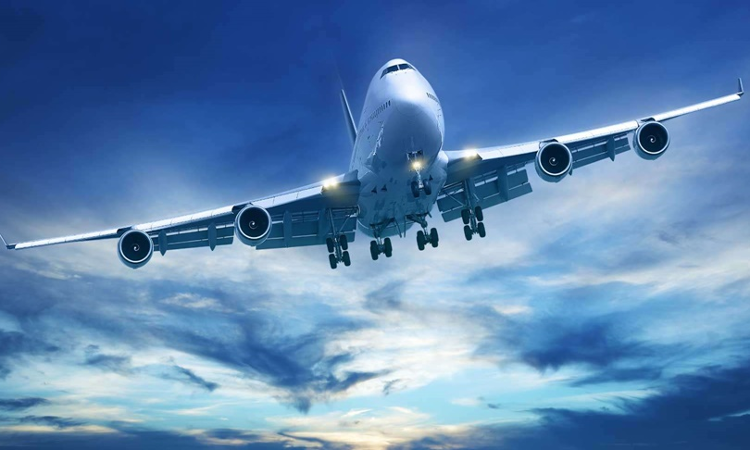A Risky Flight: Why ‘Go First’ Will End As A Landmark Ruling?
Akshat Khetan
17 May 2023 12:24 PM IST

No case since the commencement of India’s Bankruptcy laws has divided the legal fraternity as much as the recent case of Go First. The voluntary insolvency case of Wadia-group led Go First Airlines strains not just the provisions and legal aspects, but also questions trust-quotient in India’s booming aviation sector.
According to estimates, debt facilities provided by banks to Go First is estimated at Rs 4,500 - 5,000 crore while financial liabilities are estimated at Rs 6,521 crore. The legal fraternity is divided about the timing of the airliner in voluntarily approaching the NCLT. A group of lessors have questioned the decision since it has alienated them from assets loaned to the airlines. Besides, approaching the NCLT tribunal has given birth to questions about the airliner’s business and may have also alienated itself from some of its own assets such as flight routes which are hard-earned in the industry.
OPERATIONAL INEFFICIENCIES
The news of Go First Airlines pushing the insolvency button came as a rude-shock to customers, observers, employees and even business-partners. Previously, several financial reports delved into employee unrest and financial challenges, but none of them substantiated hardship as much as approaching the NCLT. In 2020, for instance, the airliner had unceremoniously announced a salary-cut coinciding with the pandemic restrictions. A year later, it announced a DRHP (Draft Red Herring Prospectus) detailing how it received legal notices from pilots. A few months ago, there were reports over delays in payment of rent.
Much of Go First’s financial inability stems from the transition to the Pratt and Whitney engines. The Directorate General of Civil Aviation (DGCA) had directed IndiGo and Go First Airlines to transition from Pratt and Whitney engines. Keeping the covid pandemic in mind, the regulator had extended the deadline too. IndiGo reportedly completed the transition, however Go First Airlines did not. Approaching the NCLT court has resulted in unraveling of claims. Pratt and Whitney have claimed non-payment as a concern. Some lessors have approached media-houses claiming the entire fiasco as a “fraud”.
LESSONS FROM KINGFISHER & JET AIRWAYS
The insolvency proceedings at Go First airlines immediately brings to the fore eerie comparisons with Kingfisher and Jet Airways although in the former's case it is the management that approached the NCLT courts. In the 2012 case of Kingfisher airlines, a group of lenders led by State Bank of India had approached the NCLT tribunal over a collective risk of Rs 9,000 crore. By 2021, the sale of assets helped banks recover Rs 7,182 crore. Reports indicate that Rs 5,000 crore in interest-pay-outs was still owed to banks.
In the case of Jet Airways, after hearings started in June 2019, the NCLT approved a resolution plan by the Jalan-Kalrock consortium on June 22, 2021. There is not much for lenders to rejoice given the creditor’s revised offer barely meets five percent of debts evaluated at Rs. 7,810 crores. The months of intense deliberation at the NCLT courts has taught lenders significant lessons on the value of time and money. From both cases, lenders agree on the importance of financial discipline and sound corporate governance.
OPENING A PANDORA’S BOX:
On May 4th, a two-bench Delhi tribunal of the NCLT expressed that the existing provisions only offered for an absolute moratorium. With no scope for an interim moratorium, Go First airlines opens a pandora's box. A reading of the IBBI guidelines indicates clearly that voluntary insolvency is only admissible in the event of no-debt or ability to pay debts from the sale of assets. The IBC rules also stipulate that the liquidation must not defraud any person or entity.
With lessors unable to regain control of assets such as their planes, they appear disgruntled. Lessors such as SMBC Aviation capital, GY Aviation and SFV Aircraft holdings have approached the NCLT to file a reply under section 65 of IBC. This chapter deals with fraudulent or malicious initiation of proceedings. Inability to wrest control of leased planes has resulted in the aircraft leasing watchdog Aviation Working Group (AWG) placing India on a watchlist. It is widely believed that after this episode the cost of buying and operating an airliner in India may increase. It is also likely that the government may consider passing the Cape Town Convention (CTC) bill that India signed as early as 2008. Although a signatory, India's civil aviation ministry had sought comments on a policy in 2018 but not implemented it.
The case also mars India’s momentum in the civil aviation sector which surpassed a one million daily airport footfalls across international and domestic channels. Under the UDAN scheme, the government has targeted 100 additional new airports by 2024. The failure of one player will have a negative impact, resulting in higher fares and fewer flight options for the consumer.
Although recent IBBI statistics indicate success for voluntary insolvency, the industry may take a long time to heal from the case. Kingfisher and Jet Airways cases have also infused the concept of timing. That is, with the passage of time, asset value deteriorates. Previously, creditors believed that flight-slots and routes could be re-built. However, the valuation of such concepts is difficult. Hence, there is a dire need to act fast.
Author: Akshat Khetan is a distinguished corporate and legal advisor. (Twitter @akshat_khetan). Views are personal.

